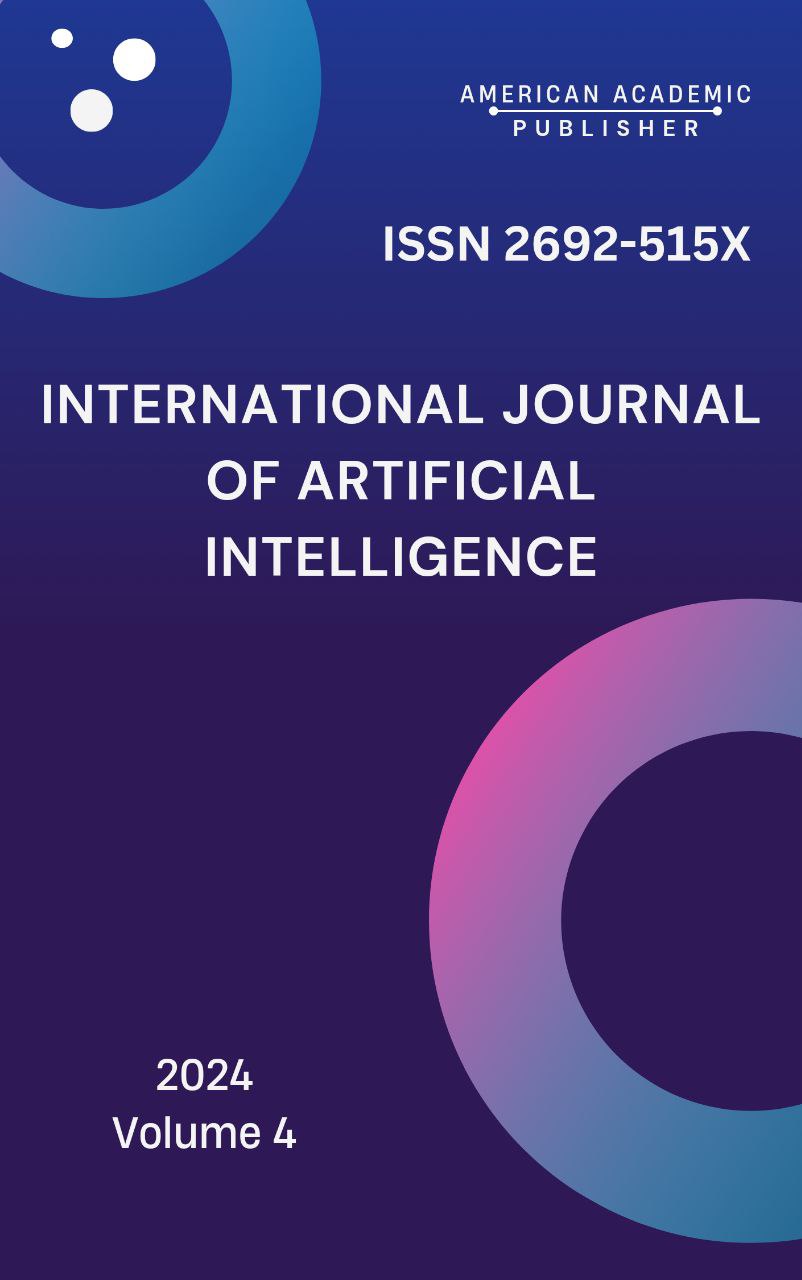 Articles
| Open Access |
Articles
| Open Access | HUMOR PRAGMALINGUISTICS
Narzikulova Rayhona , Samarkand State Institute of foreign languagesAbstract
Humor pragmalinguistics is an interdisciplinary field that explores the intersection of humor, language, and context, examining how humor is created, conveyed, and interpreted through pragmatic and linguistic mechanisms. This article provides an overview of humor's role in communication, focusing on key concepts such as speech acts, implicature, conversational maxims, and face theory. It highlights how humor relies on the manipulation of language to generate incongruity, surprise, or irony, and how its meaning is shaped by the social, cultural, and situational context in which it occurs. The article also examines the role of shared knowledge and social identity in the co-construction of humor, as well as the challenges of humor translation across cultures and languages. By integrating insights from pragmatics, linguistics, and social interaction, this study offers a comprehensive understanding of how humor functions as both a social tool and a linguistic phenomenon, revealing its essential role in everyday communication and intercultural dialogue.
Keywords
humor pragmalinguistics, language and social context in humor, speech acts, cultural differences in humor
References
Attardo S. Linguistic Theories of Humor. Mouton de Gruyter. 2009
Bell N. The Pragmatics of Humour across Discourse Settings. Journal of Pragmatics, 41(6), 1185-1209. 2009
Haugh M. The Pragmatics of Humour across Cultures. Journal of Pragmatics, 42(6), 1450-1465. 2010
Dynel M. "The Pragmatics of Humour in Interactive Communication." Pragmatics and Cognition, 17(2), 245-271. 2009
Kern R. "Humor and Social Interaction in a Second Language." In Humor in Interaction (pp. 179-201). 2010
Article Statistics
Downloads
Copyright License

This work is licensed under a Creative Commons Attribution 4.0 International License.

